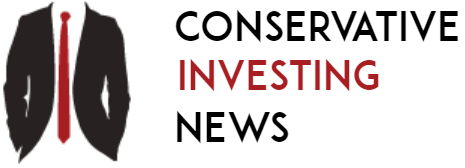Just because a business does not make any money, does not mean that the stock will go down. For example, Clover Health Investments (NASDAQ:CLOV) shareholders have done very well over the last year, with the share price soaring by 330%. Nonetheless, only a fool would ignore the risk that a loss making company burns through its cash too quickly.
In light of its strong share price run, we think now is a good time to investigate how risky Clover Health Investments’ cash burn is. In this article, we define cash burn as its annual (negative) free cash flow, which is the amount of money a company spends each year to fund its growth. Let’s start with an examination of the business’ cash, relative to its cash burn.
See our latest analysis for Clover Health Investments
A cash runway is defined as the length of time it would take a company to run out of money if it kept spending at its current rate of cash burn. When Clover Health Investments last reported its June 2024 balance sheet in August 2024, it had zero debt and cash worth US$379m. Importantly, its cash burn was US$178m over the trailing twelve months. So it had a cash runway of about 2.1 years from June 2024. Arguably, that’s a prudent and sensible length of runway to have. The image below shows how its cash balance has been changing over the last few years.
Notably, Clover Health Investments actually ramped up its cash burn very hard and fast in the last year, by 184%, signifying heavy investment in the business. While that’s concerning on it’s own, the fact that operating revenue was actually down 15% over the same period makes us positively tremulous. In light of the above-mentioned, we’re pretty wary of the trajectory the company seems to be on. Clearly, however, the crucial factor is whether the company will grow its business going forward. For that reason, it makes a lot of sense to take a look at our analyst forecasts for the company.
Even though it seems like Clover Health Investments is developing its business nicely, we still like to consider how easily it could raise more money to accelerate growth. Issuing new shares, or taking on debt, are the most common ways for a listed company to raise more money for its business. Many companies end up issuing new shares to fund future growth. We can compare a company’s cash burn to its market capitalisation to get a sense for how many new shares a company would have to issue to fund one year’s operations.
Clover Health Investments has a market capitalisation of US$2.0b and burnt through US$178m last year, which is 9.1% of the company’s market value. Given that is a rather small percentage, it would probably be really easy for the company to fund another year’s growth by issuing some new shares to investors, or even by taking out a loan.
Even though its increasing cash burn makes us a little nervous, we are compelled to mention that we thought Clover Health Investments’ cash runway was relatively promising. We don’t think its cash burn is particularly problematic, but after considering the range of factors in this article, we do think shareholders should be monitoring how it changes over time. Separately, we looked at different risks affecting the company and spotted 3 warning signs for Clover Health Investments (of which 1 is potentially serious!) you should know about.
Of course, you might find a fantastic investment by looking elsewhere. So take a peek at this free list of interesting companies, and this list of stocks growth stocks (according to analyst forecasts)
Have feedback on this article? Concerned about the content? Get in touch with us directly. Alternatively, email editorial-team (at) simplywallst.com.
This article by Simply Wall St is general in nature. We provide commentary based on historical data and analyst forecasts only using an unbiased methodology and our articles are not intended to be financial advice. It does not constitute a recommendation to buy or sell any stock, and does not take account of your objectives, or your financial situation. We aim to bring you long-term focused analysis driven by fundamental data. Note that our analysis may not factor in the latest price-sensitive company announcements or qualitative material. Simply Wall St has no position in any stocks mentioned.
